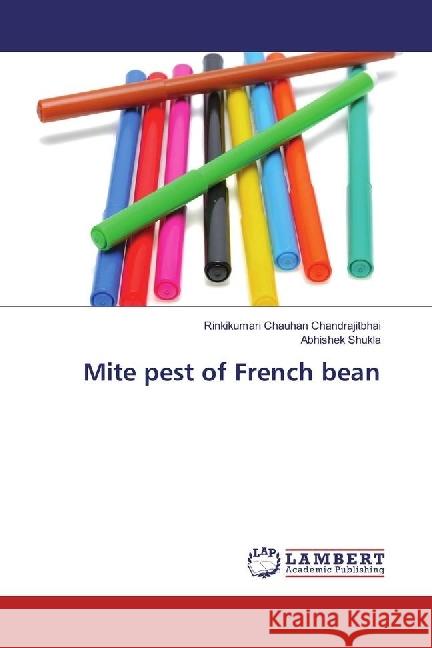Mite pest of French bean » książka
Mite pest of French bean
ISBN-13: 9783659893728 / Angielski / Miękka / 2017 / 244 str.
Tetranychus urticae Koch, commonly known as two spotted red spider mite, is one of the cosmopolitan spider mite pest reported as serious pest on many economically important plants like french bean, cucurbits, cotton, flowers, etc. Biology of T. urticae on french bean were carried out in three seasons viz., summer, monsoon and winter and the findings revealed that both the sexes passed through five different stages. Studies on population dynamics of T. urticae revealed that the spider mite remained active throughout the crop season both under open field as well as in poly house condition. Among the twelve cultivars screened for their reaction to spider mite T. urticae, it was found that PDR-14, HUR-15, and IPR-98-31 were tolerant, HUR-137, to the spider mite attack under poly house conditions. While cultivar PDR-14, HUR-15 and IPR-98-31 were tolerant in field condition. In a separate pot experiment under poly house and it was found that at 1:10 ratio, N. longispinosus caused maximum reduction of T. urticae within twenty days after release. It was also observed that once the population of the prey mite i. e. T. urticae was reduced, the population of predatory mite also declined.











